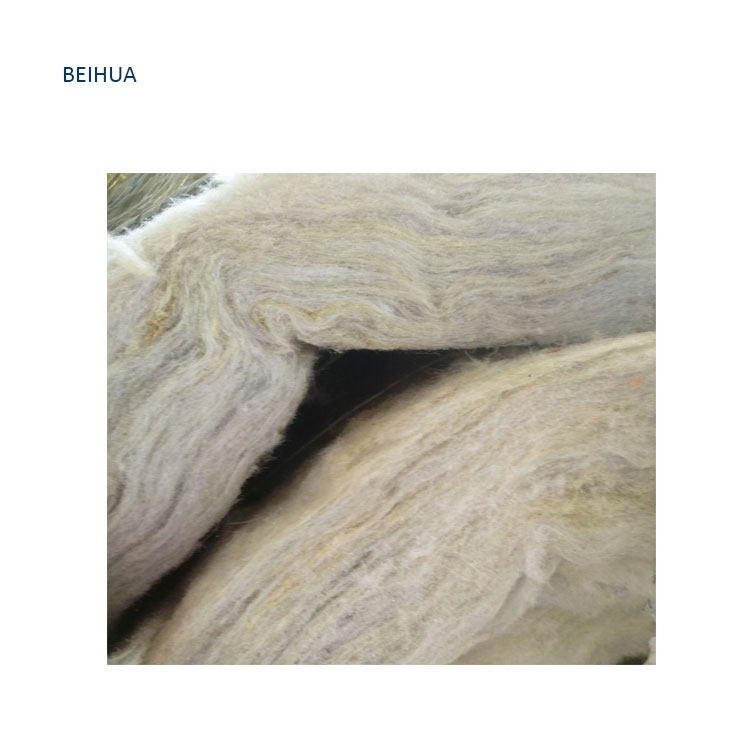Exterior
Different standards have relatively uniform provisions on appearance, and all have a smooth surface, and there should be no scars, stains, or damage that hinder use.
Average fiber diameter
Mineral wool is an inorganic fibrous thermal insulation material, and its fiber diameter is the average value. Test tools include microscope and eyepiece micrometer. Different standards have relatively uniform provisions on the average fiber diameter, all of which are the average fiber diameter ≤ 6.0μm.
Shot content
The slag ball content measures the non-fibrous substances in the refractory fiber cotton and its products. It is a non-fibrous harmful substance produced when the refractory raw materials are sprayed by high-pressure airflow in the high-temperature molten state during the production of refractory fibers. The content of slag ball in refractory fiber and its products not only directly affects the thermal conductivity, heat capacity, heating wire change and elasticity of refractory fiber products, but also reflects the level of fiber technology and the efficiency of the slag removal process, so the slag Ball content is an important quality indicator of refractory fiber. Slag wool needs to determine its slag ball content.
Acidity coefficient
The acidity coefficient is an important comprehensive parameter that characterizes the high-temperature viscosity, fiber-forming properties, fusibility and water resistance of mineral wool melt, and reflects an important indicator of the durability of mineral wool products. The larger the value, the better. In general, the acidity coefficient of slag wool is about 1.1 to 1.4, and that of rock wool is about 1.4 to 2.0. Generally speaking, rock wool products with acidity coefficient greater than 1.6.
Hydrophobic rate
A performance index that reflects the resistance to water penetration of insulation materials. After a specified method and a certain flow of water have been sprayed, it is expressed as the volume percentage of the impermeable part of the sample. Except for the higher requirement of Passive House, which is ≥99%, the other indicators are ≥98%.
Thermal Conductivity
Thermal conductivity refers to the heat transfer through an area of 1 square meter within 1 second (1s) for a 1m thick material with a temperature difference of 1 degree (K, ℃) on both sides under stable heat transfer conditions, in watts /M·degree (W/(m·K), this is the most intuitive indicator for measuring insulation materials. The thermal conductivity of rock wool board or rock wool belt is related to temperature, and the thermal conductivity is different at different temperatures.
Post time: Jun-15-2021





